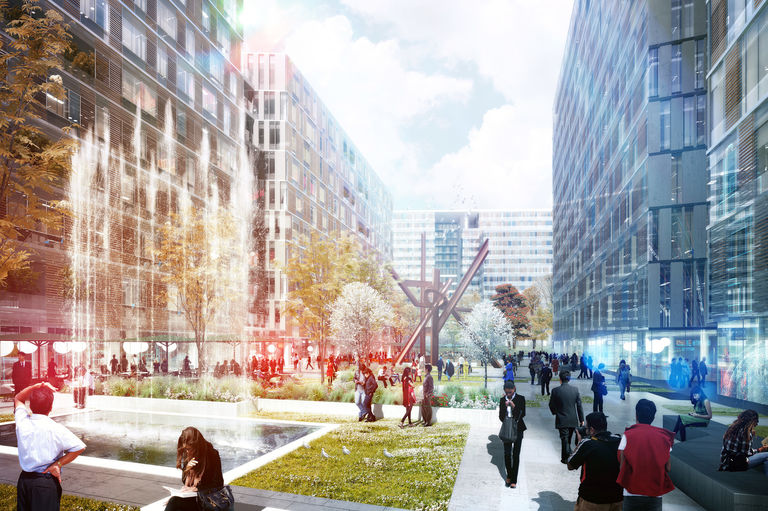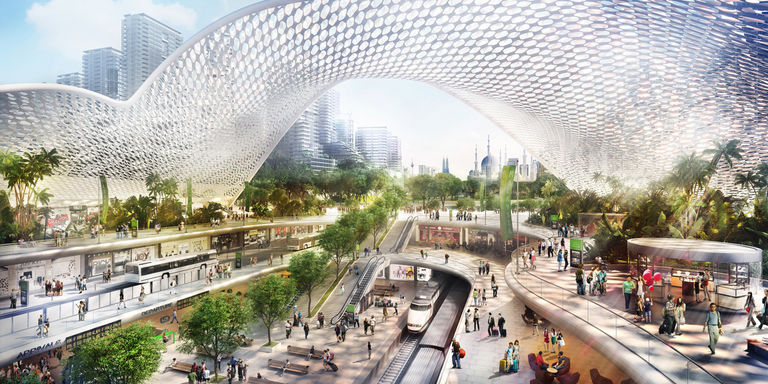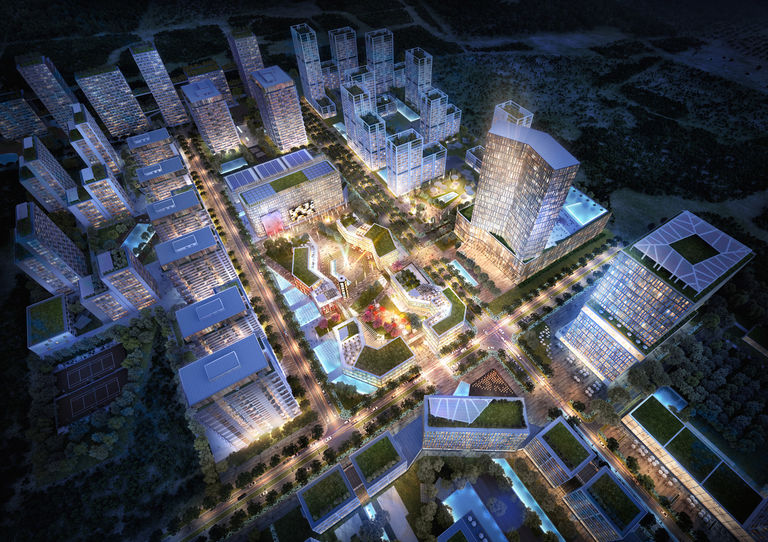What is your ideal description of smart, sustainable and social cities?
Too much focus is on technical innovation; ultimately, Smart Cities should be about improving lives. At Broadway Malyan, the focus of our work is on the creation of smart and sustainable communities and buildings. Solutions should be subtle, unobtrusive and properly integrated into designs.
The definition of a Smart City is not a ‘one size fits all’ description as it varies greatly by geographic location, context and whether it is being delivered in a developing or developed nation.
In India for example, a smart city will be one with access to improved sanitation, is easy to move around and has enough jobs and housing for a growing population. In somewhere like Singapore, it’s an exercise to see what improvements can be made from adding technology to existing infrastructure.
What is important is that the basics – access to clean air, water, and energy – are in place before looking at the next layer of smart cities.


